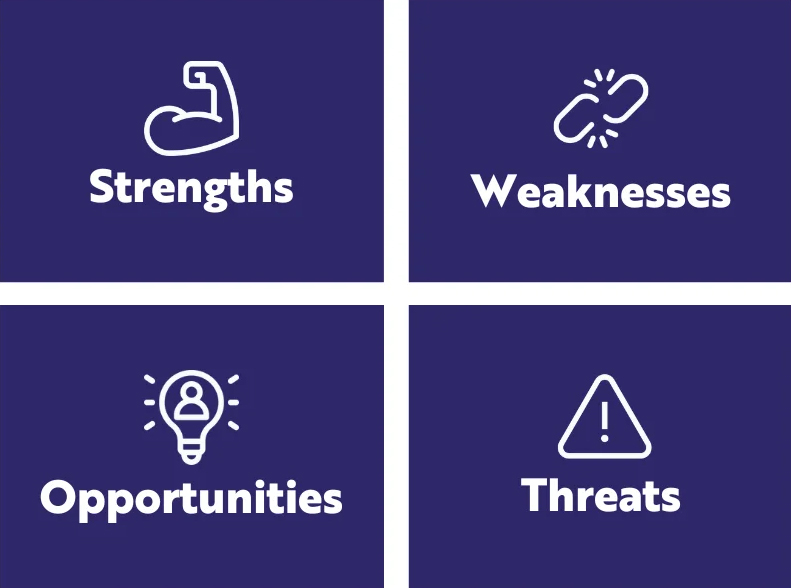


Introduction
The world is now turning to nanotechnology for every new development, and this is more important in the case of organic materials due to energy and environmental conservation factors. The world’s greatest concern is Global Warming which has expressed its impact through rising ocean levels due to melting of glaciers, increase in temperature of ocean water, thereby affecting the marine lives negatively, much increase in catastrophic weather conditions, and more diseases as well as health-related problems for mankind. The scientific community is looking for or trying to develop newer and simpler technologies that would consume less energy, and for non-polluting products to prevent further damage to the environment. Everywhere, people are trying to replace petroleum products with more natural and biodegradable materials. The advantages of such materials and products are many. In this project we have embarked upon a new patented technology and process for the manufacture of FIBRILLATED CELLULOSE CONTAINING CELLULOSE NANOFIBRE as a PULP IN WATER and then, producing Particle Board laminated, or MDF (without lamination) and further, Floor / Wall / Ceiling Tiles , making use of various waste materials, giving preference in this proposal, for the noxious weed Water hyacinth (Eichhornia crassipes) as the basic raw material.
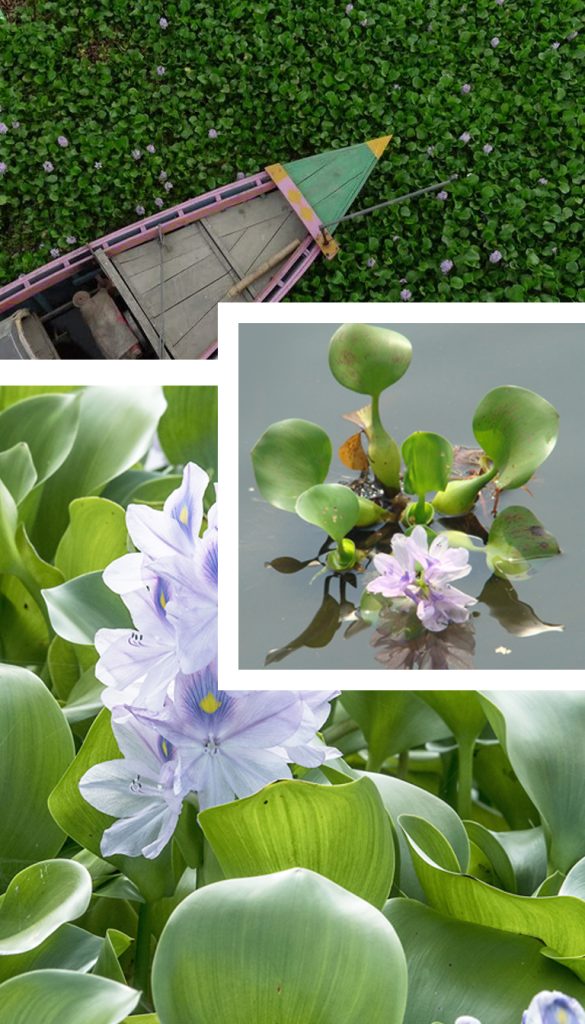
Project

Project details
The main objective of the project is to develop and apply the technology for manufacturing Fibrillated cellulose, in the form of pulp, which also contains Nanocellulose fiber, making use of Water Hyacinth as the raw material, and the pulp being polymerized along-with drying in suitable molds to generate Poly-Fibrillated cellulose Resin
Impact Factor
Once it proliferates in a water body, E. crassipes dramatically alters the ecosystem and often results in environmental degradation and a reduction in bio-diversity
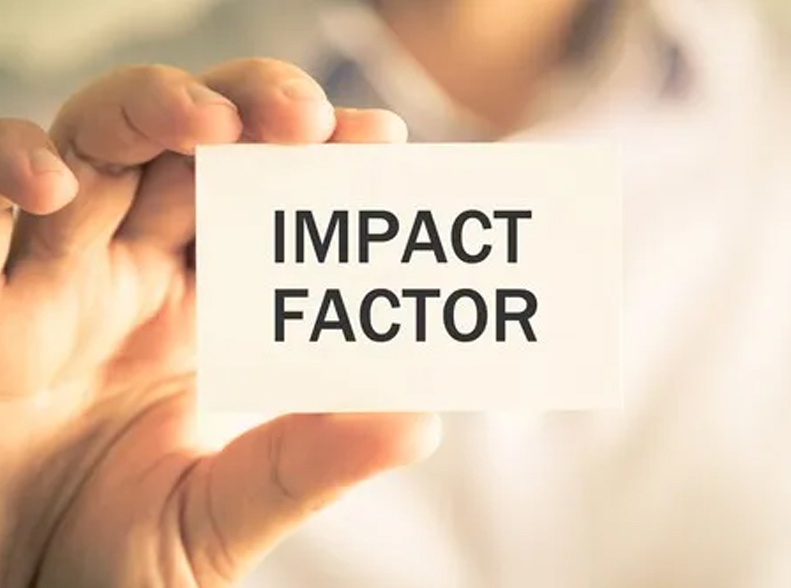
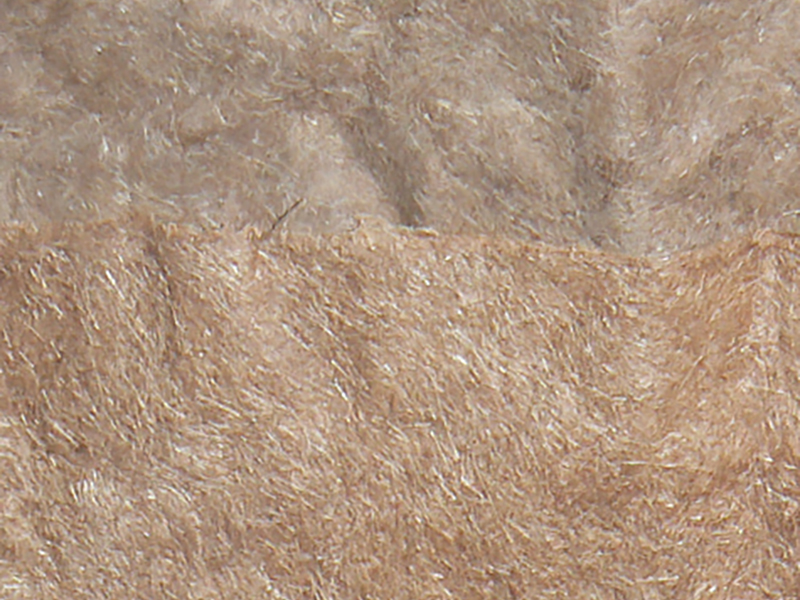
APPLICATIONS
Worldwide, now-a-days in the industry, Amino-formaldehyde / Urea- formaldehyde (UF) based resins are the best performing on the basis of cost and ease of use. Urea-Melamine resins offer water resistance with more Melamine offering higher resistance. It is typically used in external applications, with the colored resin darkening the panel.
PROJECT VISION
The products are derived from Water hyacinth with maximum potential through Process invented by Prof. Varkey Mathew. Once this item is standardized, it will be possible to start production units all over the world, consequently generating enormous employment opportunities for both unskilled as well as qualified people.

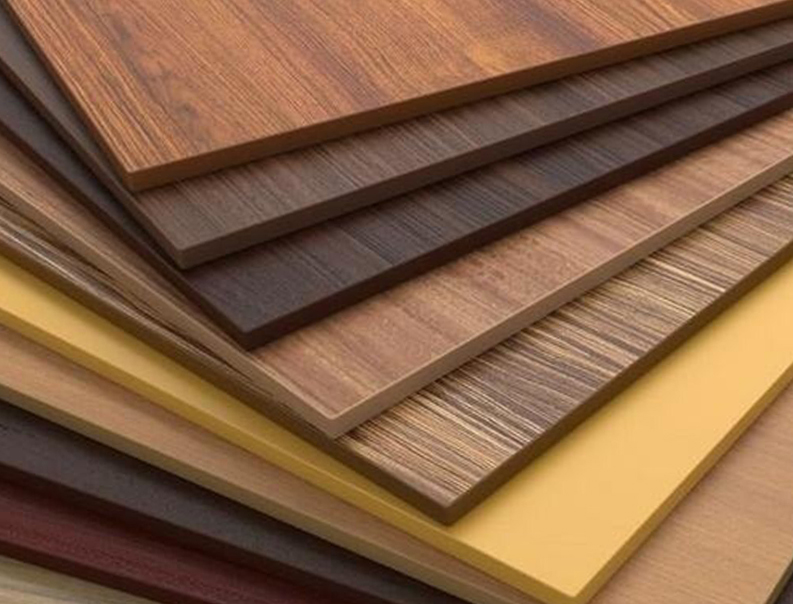
PRODUCTS
In the initial phase the product being manufactured would be Laminated Particle Board; the lamination will be with Melamine – Formaldehyde Resin; the product will be “Formaldehyde-free”, with Cellulose, as the Resin and filler. Further, using wood powder as the ‘filler’ for Medium Density Fiberboard (MDF), which is made of pure cellulose and Formaldehyde-free also.
SWOT Analysis
the raw material used is the noxious, invasive weed, Water hyacinth, which has become a menace in more than 60 countries, affecting the lives of half of the world population.
The Resin, Poly-fibrillated cellulose, is a new form of cellulose fiber, generated from ‘fibrillated cellulose fiber’, having properties of Cellulose nanofiber / Nanocellulose fiber.
